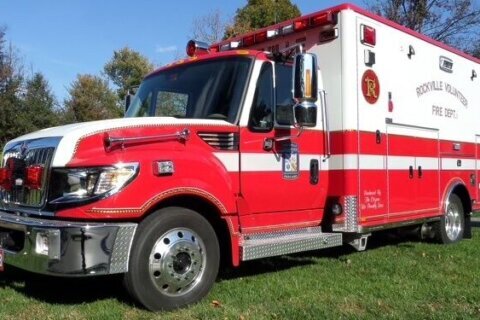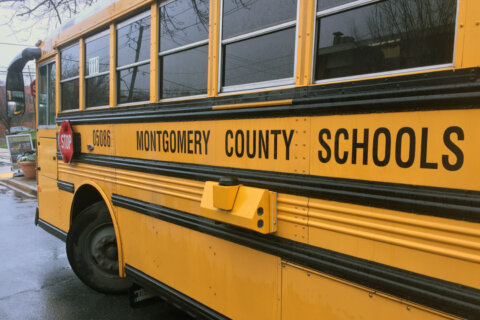A study for the Montgomery County, Maryland, Planning Board outlines the goals of a pedestrian master plan, and shows what residents think about the current walkability of their communities.
The study found that 44% of respondents are satisfied with the experience of walking to retail, restaurants and parks. But, the results shift depending on what part of the county respondents were talking about. Those in urban areas reported the most satisfaction; those in rural areas, reported the least.
Among the elements that were considered when trying to calculate a pedestrian’s satisfaction: the width of the sidewalk, the distance between sidewalks and cars, and the speed of cars along those routes.
Overall ratings showed 31% are satisfied with the width of sidewalks; 21% are satisfied with the speed of cars alongside sidewalks; and 35% were satisfied with how often sidewalks are broken up by driveways
When it comes to intersections and crossings, the study showed 34% were satisfied with drivers who stopped to allow them to cross and 33% were satisfied with places to stop partway when crossing the road. But, just 22% were satisfied with the number of vehicles cutting across the crosswalk.
Eli Glazier, with the Montgomery County Planning Department, is the project manager for the pedestrian master plan.
While a number of the issues deal with the sense of safety pedestrians have, Glazier said the study and the master plan have a broader goal. “It’s about more than just building sidewalks and crosswalks,” he said. It’s also about what makes it comfortable and pleasant to walk in the county, “things like more public seating, street trees, public lighting.”
Included in the considerations is providing places where people can stop and rest along their way to a shopping center or library. “Places you can sit and rest and not have to buy a coffee to do so,” Glazier said.
There’s an effort, said Glazier, to create a 21st century Montgomery County that provides more ways to walk to places people want and need to visit. He said the county is trying to reverse the decisions that favored travel by the automobile in the 20th century.
The idea is to create “an environment where people want to hang out, where people want to be in public space and where people feel comfortable using public space,” Glazier said.
The plan also took a look at how Montgomery County’s youngest residents feel about walking and how they get to school.
One of the key findings showed that walking is the third most popular way for students to travel to school, behind the family car and the school bus.
Elementary-age students were the most likely to walk to school, something due in part to the fact that there are many more elementary schools across the county, meaning the walk to the neighborhood elementary school is likely shorter than a walk to a high school that serves a much wider area.
Here’s how the numbers break down for students who walk to school:
- 16% of elementary students;
- 11% of middle schoolers;
- 8% of high school.
The report shows 19% of elementary students walk home from school, 15% of middle school students travel on foot to get home, and 12% of high school students walk from class each day.
EDITOR’S NOTE: This story has been updated to clarify the percentages of students who walk to school and the percentages that walk home from school.








